Here's What Worked for me:
(1) Add Directory to project: font
(2) Move ttf font file into font directory
(3) Add ttf font file to project
(4) Set the "Build" Property of the tff font file to "Resource"
(Note: I used "Resource" instead of "Embedded Resource"
in the combobox selection.)
(5) Open the Window where you are using the font and make the
following changes:
<Window ... >
<Window.Resources>
<FontFamily x:Key="YourFontNickName">
pack://application:,,,/font/#NameOfFont
<!-- Note: NameOfFont can be font by double clicking
on font from explorer and writing down name
of the font reported. Its not the same
as the file name -->
</FontFamily>
</Window.Resources>
<!-- Use font as Xaml -->
<StackPanel>
<Textblock FontFamily="{StaticResource YourFontNickName}">
This is a test
</Testblock>
<Textblock Name="text1"/>
</StackPanel>
...
</Window>
(6) If you want to change the font from code. Do this:
public partial class Window1 : Window {
// Use font as C# Code
public void UpdateText1() {
text1.Text = "Hi There";
FontFamily ff = this.Resources["YourFontNickName"]
as FontFamily;
if (ff == null) {
Messagebox.Show("Wrong Font Name", "ERROR");
return;
}
text1.FontFamily = ff;
text1.FontSize = 30;
}
...
}




